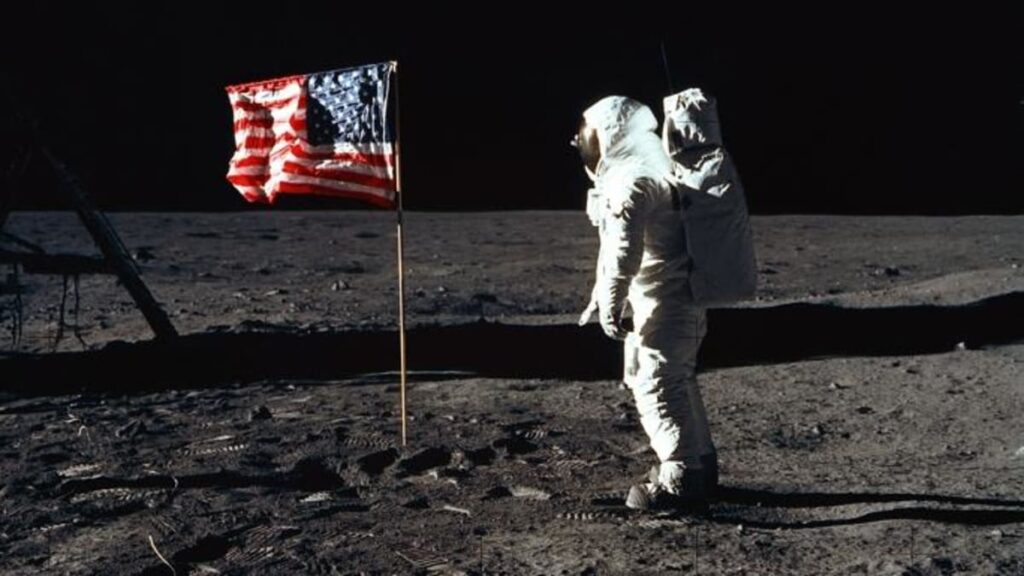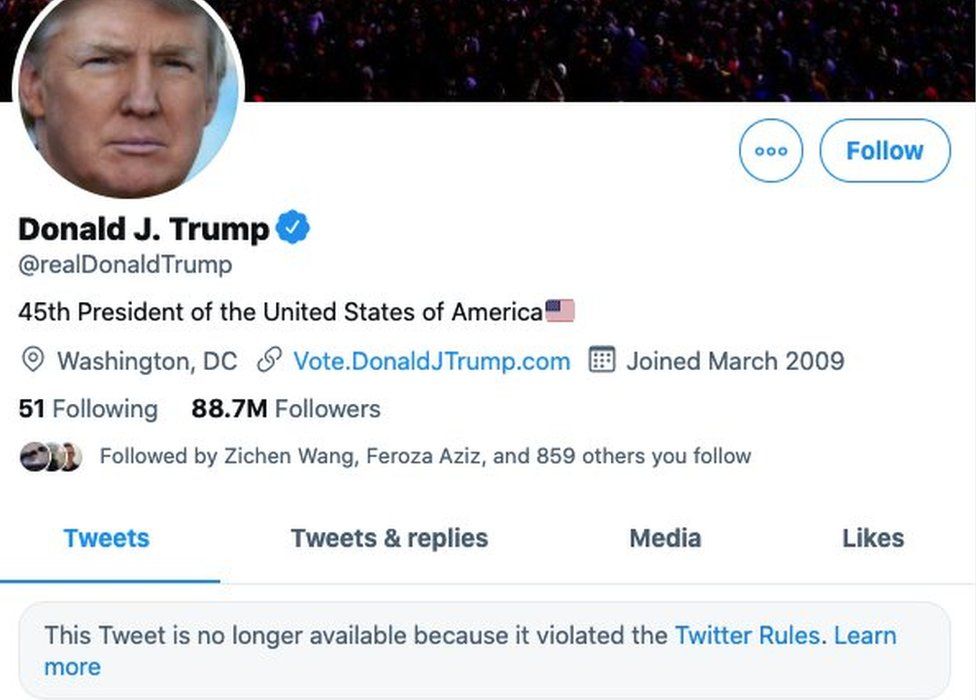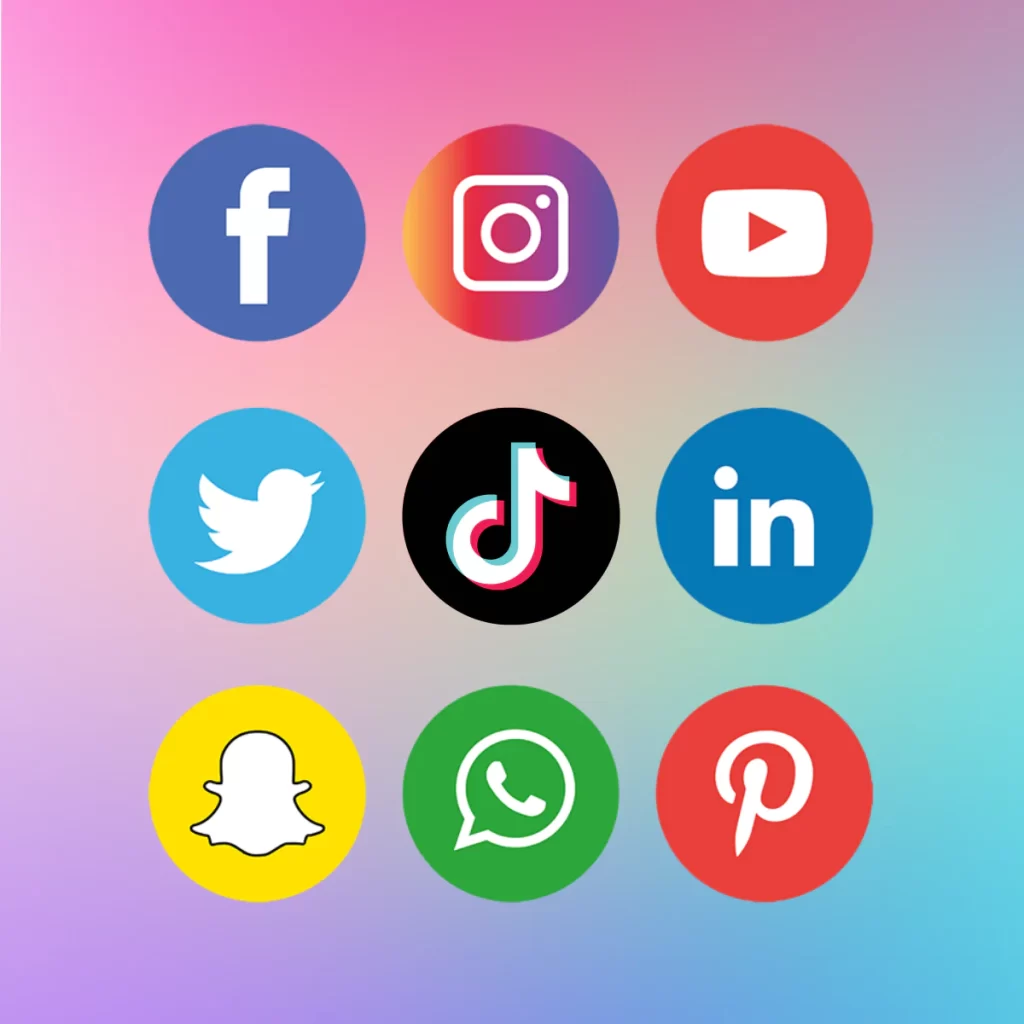“The lunar lander used by Neil Armstrong had just 1200 lines of code. An average smartphone app has about 1-200,000 lines of code.”

I feel that this statistic really captures the main argument of the article written by Rob Sterner. In this article, Sterner talks about how teachers should learn to utilize cell phone usage in the classroom rather than ban it outright. A common action taken by schools/districts across the country is the banning of cell phones in classrooms, as they can be distracting and take away from the teacher’s instructional time. Sterner argues, however, that completely prohibiting their use entirely detracts from the full potential of the class. For starters, prohibiting cell phone use in high school especially could make students feel like children, when they are supposed to be growing and maturing since they are getting into the thick of their teen years. Sterner also lists a few strategies for using cellphones in class, which I talk about later. Comparing the amount of code used in the moon landing and what cell phone apps use on a daily basis is a very convincing start to Sterner’s argument that students should be allowed to use cellphones in the classroom.
“I have my students use their cellphones for things like:
- Poetry analysis (dictionary) and composition (thesaurus)
- Tweeting from a character’s point of view to aid character analysis
- Research (short-term, brief only)
- Photojournalism (both for viewing examples and creating our own photo essays)”

Sterner is an English teacher, so these options are obviously tailored towards how cellphones can be utilized in an English class. A question that I have is how might cell phone usage in a History class look? I’ll try and answer my own question: In history, there can be a lot of reading and writing involving many primary and secondary sources. In similar fashion to one of Sterner’s uses in an English class, cell phones could be used to aid students in analyzing sources to be used in an argumentative essay. I also like Sterner’s idea of tweeting from someone else’s perspective; in a history class, this may involve students tweeting as historical figures (i.e. US Presidents, world leaders, general workers, an impoverished person during the Great Depression, etc.) in an attempt to see the world from their point of view after learning about the conditions of the time period.
“By observing how students interact with their cellphones, I can see which students are more mature and who can control their desires and not let those desires control them.”

This statement from the article raises a question that I think merits further exploration. Though it would likely be through trial and error, I wonder where teachers draw the lines with how much cell phone usage is allowed in their classrooms. While there is a benefit that Sterner writes about in this article, there is the undeniable fact that not every student would follow the rules regarding cell phone usage in class, and would likely have the rules be changed for them or the entire class. It would be interesting to see what standard students hold themselves to, and how much self-discipline they have, as well as the rate at which that could improve over the course of the class.